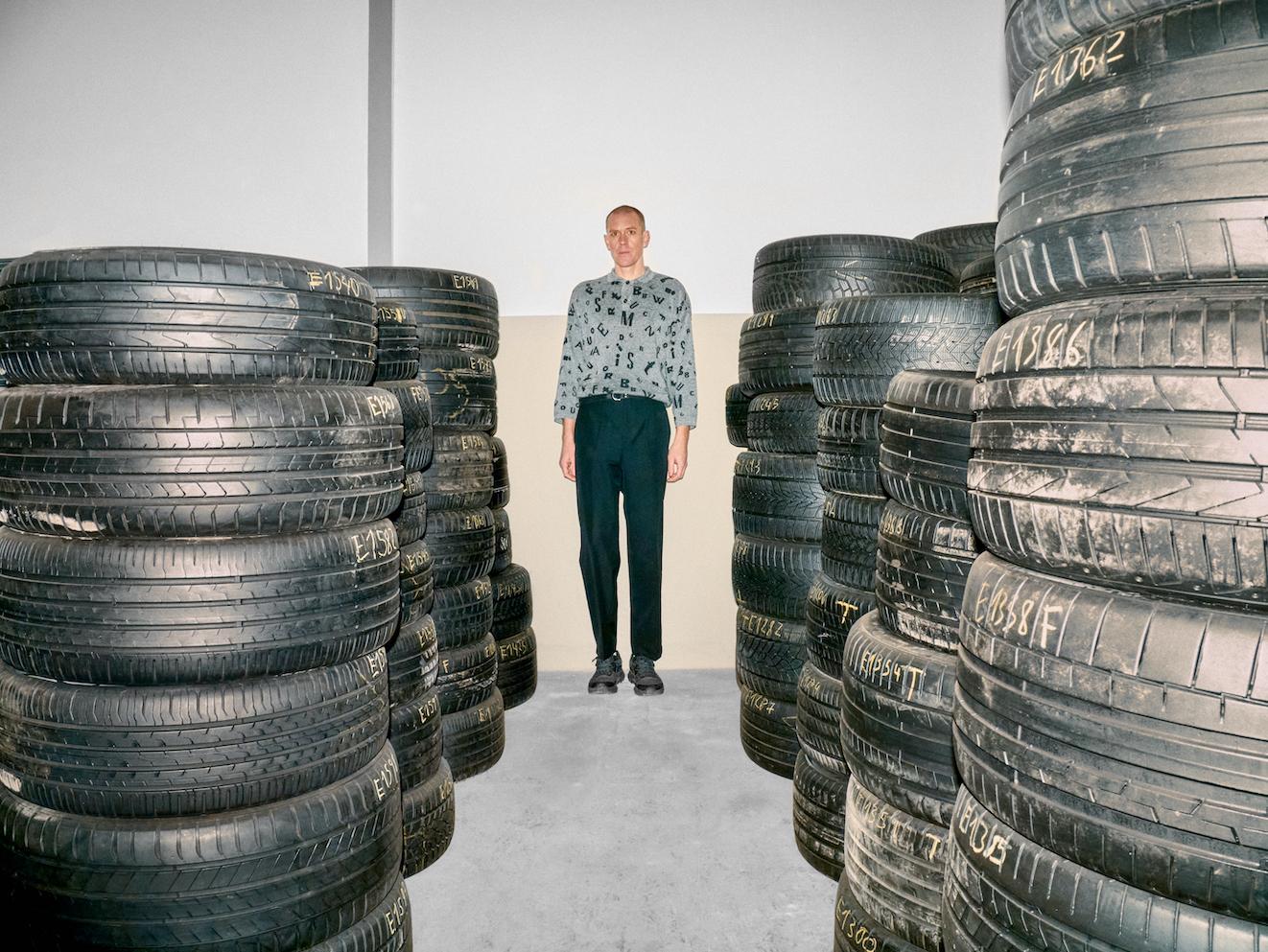

Ahead of their concert in Zagreb on July 3, German musician Das Kinn sat down with the Močvara crew to talk about the influences behind their unique music, between blending performance art, radio roots, and a love for tape culture. Das Kinn makes music that’s raw, strange, and full of tension. They opened up about chasing a sound that’s never quite finished, and why contradictions make the best music. So don’t hesitate to listen their tracks while reading the interview!
You've got a background in performance art and radio, which gives your work a really thoughtful edge. Do you think of Das Kinn more as a character you're playing, a kind of commentary, or maybe a way of transmitting something bigger?
For sure Das Kinn is some kind of character. It exists to channel impressions, observations and thoughts of mine. An artistic commentary on all day live absurdities and socio-political issues.
How does your work relate to contemporary German electronic and punk traditions? Is there still a meaningful avant-garde community in Frankfurt, or is Das Kinn a reaction to its absence?
There’s not many interesting things coming out of Frankfurt in recent years, to be honest. There’ve always been protagonists setting up things within the spheres of punk, experimental- and electronic music but it hardly affected people enough to do daring things by themselves. This city is difficult. Since it’s an international city claiming to be big, but actually it’s quite small. People are just passing through. So it’s hard to establish a situation or a scene that lasts. Something that could be passed on to the next generation. That’s one of the reasons why I’m doing what I’m doing. To get out of here and connect. Gladly there is a network all across Germany and beyond, which makes this possible.
Some listeners have likened your work to a kind of audio archaeology—excavating lost voices, decayed technologies. Is this an intentional curatorial act, or simply what happens when you hit ‘record’?
I like the idea of lost or forgotten futures being present in the music I make. Although it’s not an intentional concept. I think this sentiment originates in my sources of inspiration, which is mainly music from the past. From a time where dissident aesthetics and a rejection of the status quo merged with an interest in technological achievements and musical experiments and created something that was unheard of before. To be more specific and anticipate your next question: It’s mainly music from the late 70s and early 80s. Surprise, haha!
Your music often balances tight, repetitive structures with something that feels raw and immediate. Do you feel more connected to the steady pulse of krautrock or the sharper edges of post-punk?
I feel connected to both. It’s the balance between raw minimalism and complex synthetic arrangements that interest me music wise. When I started Das Kinn, my idea was to create something that oscillates between New Age and Punk. I like contradictions.
Was there a particularly unusual moment/place in recording where the sound clicked and you thought, ‘That’s it’?
No. I always have the feeling that I’m almost there. I can almost touch it! And once I arrive there, I have the feeling that I’m almost there… My main goal is reduction. I would like to find a sound that is really raw and vibrant but reduced and precise at the same time. So I still have some way to go…
What do you listen to these days?
I mostly listen to tapes. I love collecting them. It’s some kind of musical world on its own. There’s still stuff that’s exclusively released on cassettes. It takes time and effort to listen to them, since the architecture of the tape is not designed for single tracks. You always have to listen to the whole thing. Here’s some tapes I recently enjoy listening to:
Aktion Reaktion!|Rehash (Mangel)
Schreibtischtäter|DIENSTHUND
Aprés Skwee (ISTOTA SSĄCA)
A nice Mixtape titled “Japanese Post-Punk, Goth & Wave 1980-1991” I found in Glasgow and one titled “Digging Central Asia: Musical Archaeology along the Silk Road“ by Anvar Kalandarov.
On Ruinenkampf, there’s this striking push and pull between melody and dissonance. Is that tension something you’re consciously chasing, or does it just naturally emerge from the way you work?
As mentioned before: I like contradictions. I always find it annoying and exhausting to listen to music that is pure melody or noise. Its main goal seems to be to overwhelm the listener. I don’t like that. I like music that teases me. Sounds that invite me, just to challenge me the next moment.
Could you share some story, moment or experience from one of your past performances?
There’s a lot! I played on boats, in castles and caves. On a beach and in a cinema. In front of 8 and 800 people. Sometimes sober, sometimes drunk. Once a guy switched off the electricity during my set. I don’t know if this was a reaction to the music or an act of social disobedience. Both seem to be plausible motivations.
“Stirn reicht ins Genick” - its sound was so captivating for me. I heard tension, motion, aggressiveness, chaos and then there is this short harmonious little melody that stays in the head after listening. Where was your mind when creating it? What does it represent?
This song expresses a feeling, which grows bigger in me, as I grow older. I converted it into a scenario:
You’re sitting in an accelerating vehicle. The speed is high. You see the finishing line already. But you can’t feel any excitement. No wind blowing through your hair… I tried to translate this tension between motion and emotional numbness into the harmonic and rhythmical structure of the song. I’m glad it works for you!
This interview was led by Anita Ulovec (Volontiram u Močvari)



























